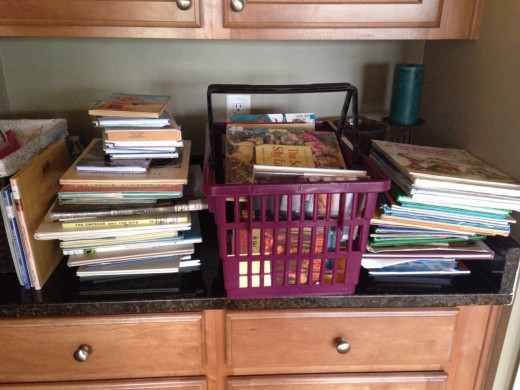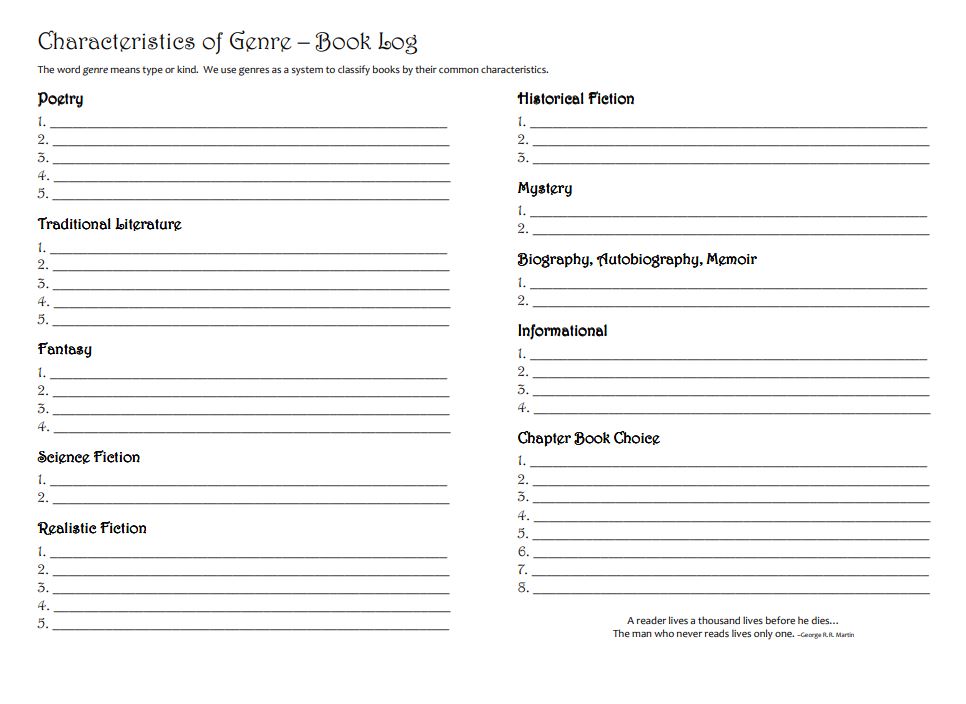In my last blog post,
I talked about Donalyn Miller’s book The Book Whisperer.
Miller changed my thinking about how many books I should expect my kids to read in a school year (at least 40 books).
Here are some changes I made in our homeschool day to reflect the ideas in The Book Whisperer.
1) I changed the time of day set aside for independent reading.
I have always set aside time before bed for my kids to read independently. I personally enjoy relaxing with a book at the end of the day. This has worked well for several kids, but my very active nine-year-old, Clara, would almost always fall asleep immediately and therefore never read anything. Or, if she did read a little bit, she was never fully engaged by what she was reading because she read so sporadically that she had already forgotten what the previous chapter had even been about.
So, I switched our independent reading time to earlier in the day, either right after lunch or just before dinner prep, depending on the day. This means that the kids are not as tired when they read, and they can give more focused attention to what they are reading. After the allotted time for reading is over, it is not uncommon for the kids to keep on reading because they are caught up in the story and are fully engaged.
2) I read alongside my kids.
I made a conscious decision that I would stop what I was doing and read alongside the kids for at least 30 minutes during the middle of the day. Kids need a role model to inspire them to read more books and to love books. The excitement over books is contagious, and I can better encourage them if I am reading alongside them. This might seem like a sacrifice—and it is, when you are busy and type-A like me—but you might just find out, like I did, that it is often the best, most re-charging part of the day!
3) I specifically read children’s chapter books, too.
For our afternoon reading time, I decided not to read any of my first-choice, grown-up books (Hillbilly Elegy would have to wait for bedtime). Reading from kids’ booklists allows me to discover new children’s chapter books to recommend to my children or to read the same books my children have just read and discuss it. The first book I picked up was The Word Eater by Mary Amato. After I finished it and excitedly relayed the creative plotline to my kids, Clara picked it up and soon finished it too.

We are thankful for libraries!
4) I order much more books, in different genres, from the library.
I decided to start maxing out a second library card to increase the volume and diversity of books in our house. I use book lists from Miller’s book, from Honey for a Child’s Heart, and from some other online resources to always make sure we have lots of genres available.
Here is a reading log I created to help us keep track of books we have read.

After two days of changing our reading time to mid-day, Clara held up her historical fiction choice and said, “Mom, I am on page 82!” She was amazed she had the capacity to get through so much of a book so quickly. She never even realized this was possible.
Clara started bringing books with her on car rides. She even took one into a restaurant the other day. She has discovered two new authors she likes. In just over two months, she read nine chapter books. That is more books than she read in the previous 12 months.
Of all my kids, I would not have guessed that Clara could be motivated to read 40 books in a year. I was wrong. I now know that she can.
Here is a final thought from Donalynn Miller:
“I want my students to learn what life readers know: reading is its own reward. Reading is a university course in life; it makes us smarter by increasing our vocabulary and background knowledge of countless topics. Reading allows us to travel to destinations that we will never experience outside of the pages of a book. Reading is a way to find friends who have the same problems we do and who can give advice on solving those problems. Through reading, we can witness all that is noble, beautiful, or horrifying about other human beings. From a book’s characters, we can learn how to conduct ourselves. And most of all, reading is a communal act that connects you to other readers, comrades who have traveled to the same remarkable places that you have and been changed by them, too.”
-Amy
Photo Credit: First image graphic design by Charity Klicka; second image courtesy of Amy Koons.

